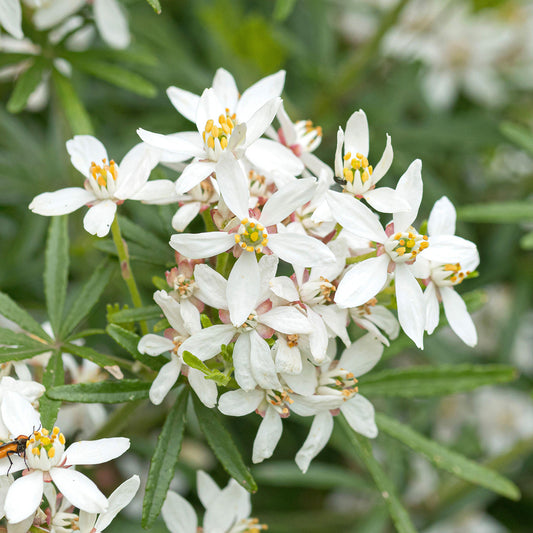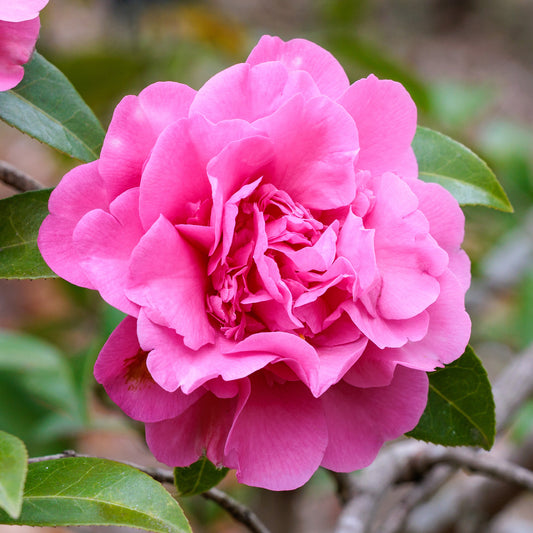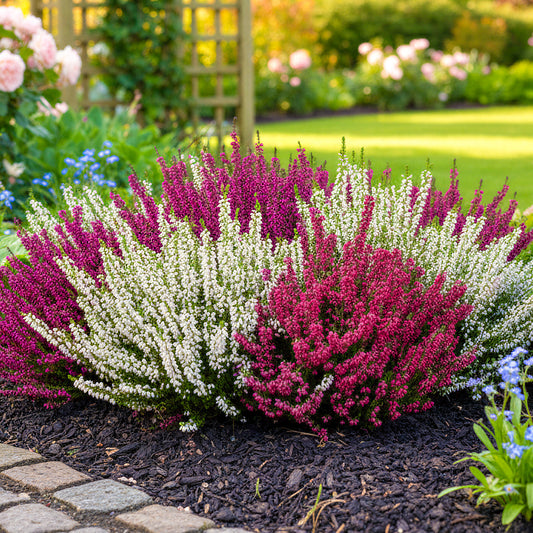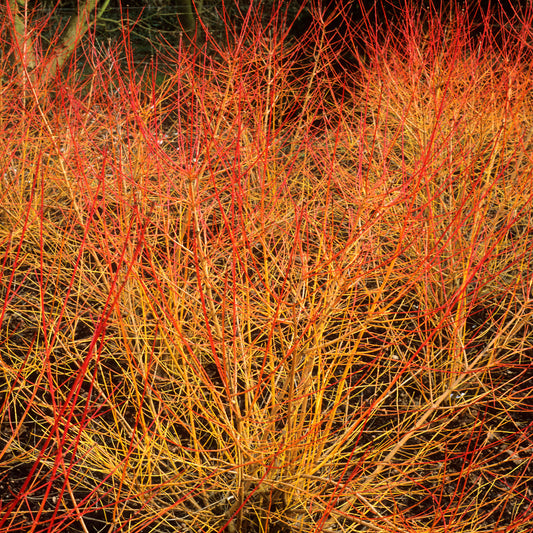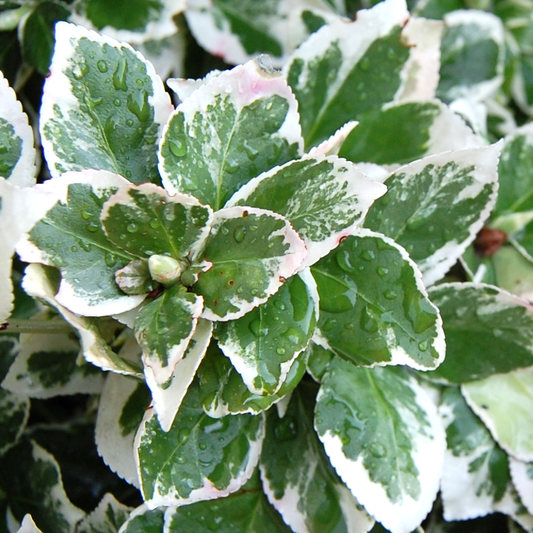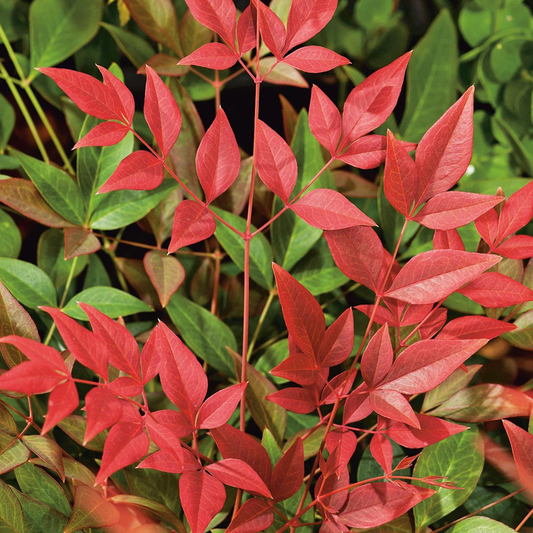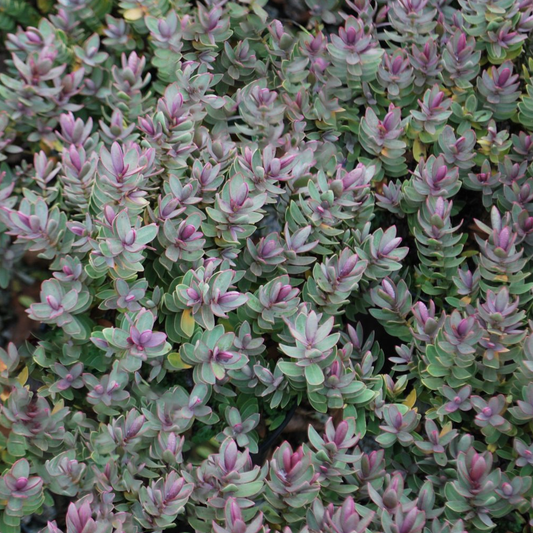Product description
Physalis alkekengi var. franchetii, commonly known as the Chinese Lantern, is a striking perennial known for its vibrant autumnal display. This plant produces small white flowers in summer, which give way to large, bright orange, lantern-like calyces that encase red fruits. These unique papery husks persist into winter, making it a favourite for adding seasonal interest to borders and floral arrangements.
Thriving in moist but well-drained soil under full sun or partial shade, Physalis alkekengi var. franchetii is well-suited for UK gardens. Its eye-catching calyces emerge in late summer and last through autumn, adding a rich splash of colour to outdoor spaces. Due to its spreading nature, it is advisable to plant it in containers or use root barriers to prevent it from becoming invasive.
Ideal for gardeners looking to introduce late-season colour, the Chinese Lantern is also valued for its use in dried flower arrangements. The vivid orange husks retain their shape and hue when dried, making them perfect for indoor decorations. Whether grown in borders or pots, this plant offers a unique aesthetic that lasts well beyond the growing season.
Please Note: Images are for illustrative purposes only and designed to be a representation of the item(s) being sold. Depending on seasonality, deciduous plants may be supplied in their dormant state and without leaves. Plants may also be pruned back, lower than stated heights, to encourage new growth.
Garden Plant Size Guide

Plants in larger pots can be multiple years older than their smaller counterparts with more mature root systems and foliage. This makes them able to thrive as a full size plant in your garden quicker than smaller alternatives.
The most common size of pot that garden plants come in are 9cm/1L/3L/5L this is in reference to the diameter at the top of the pot.
9cm potted plants still remain the most popular cost effective option though, they just may take a little patience to allow them to grow into full maturity once planted in your garden.
Plant specs, care guide & tips
Key features
Specifications
When to plant
| Jan | Feb | Mar | Apr | May | Jun | Jul | Aug | Sep | Oct | Nov | Dec |
|---|---|---|---|---|---|---|---|---|---|---|---|
Planting and period of interest times are general guidelines and may vary based on your location and conditions. For best results, consult local gardening resources.
Instructions
Top Tip
Prune Physalis in early spring to encourage compact growth and abundant flowering.
How to Water
Water Physalis plants deeply and consistently, maintaining even soil moisture. Water at the base of the plant to avoid wetting leaves. During fruit development, increase watering frequency, especially in hot weather.
How to Plant
Choose a sunny location with well-draining, fertile soil. Plant seedlings after the last frost. Incorporate organic compost into the soil before planting to improve nutrients. Physalis plants thrive in warm conditions and need protection from strong winds.










